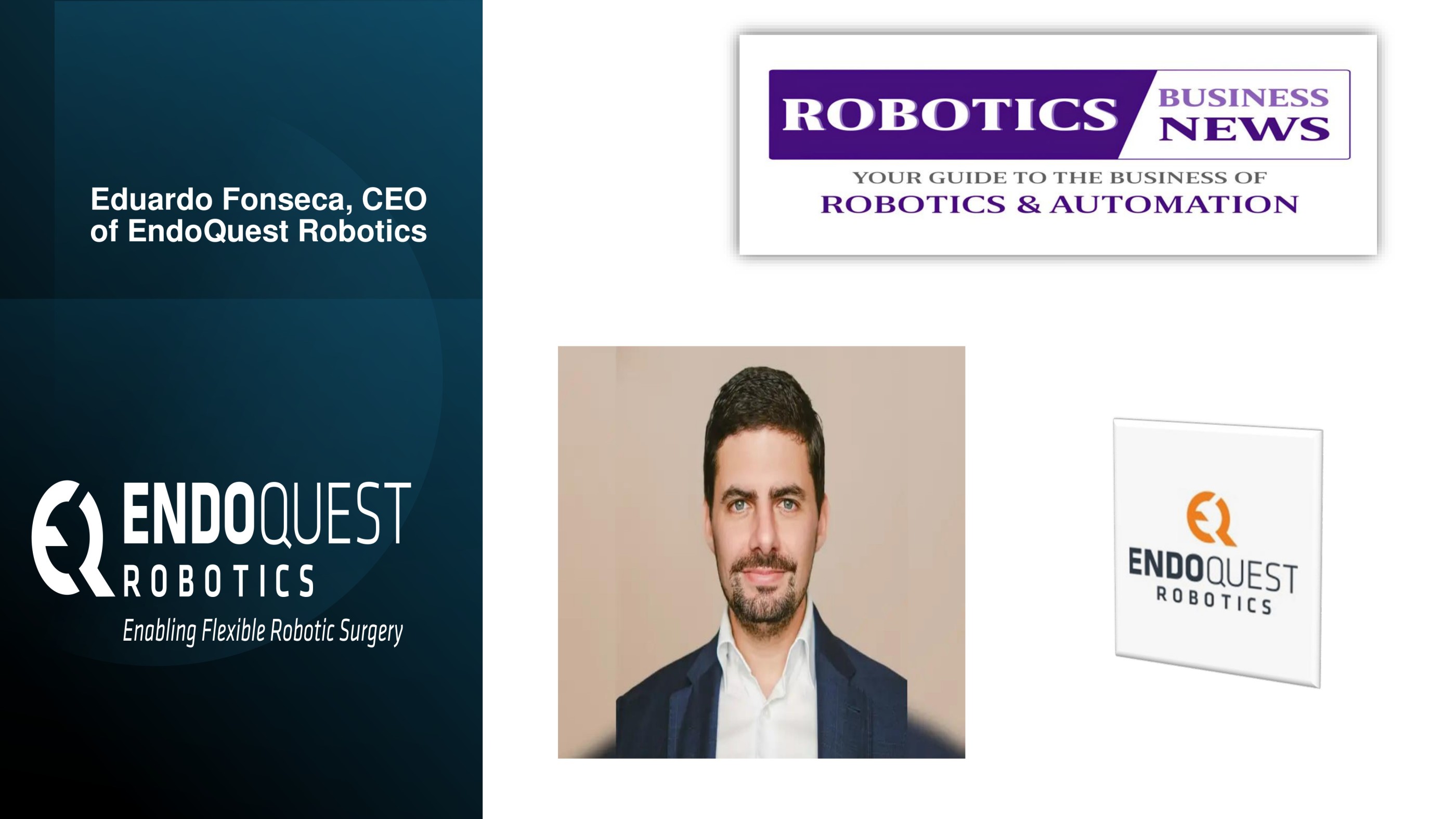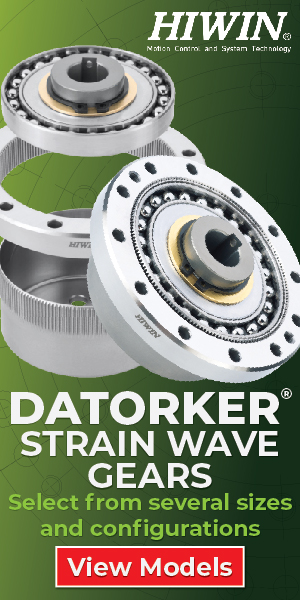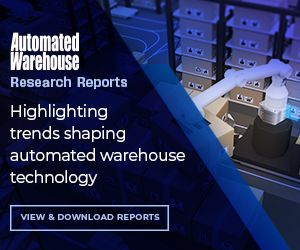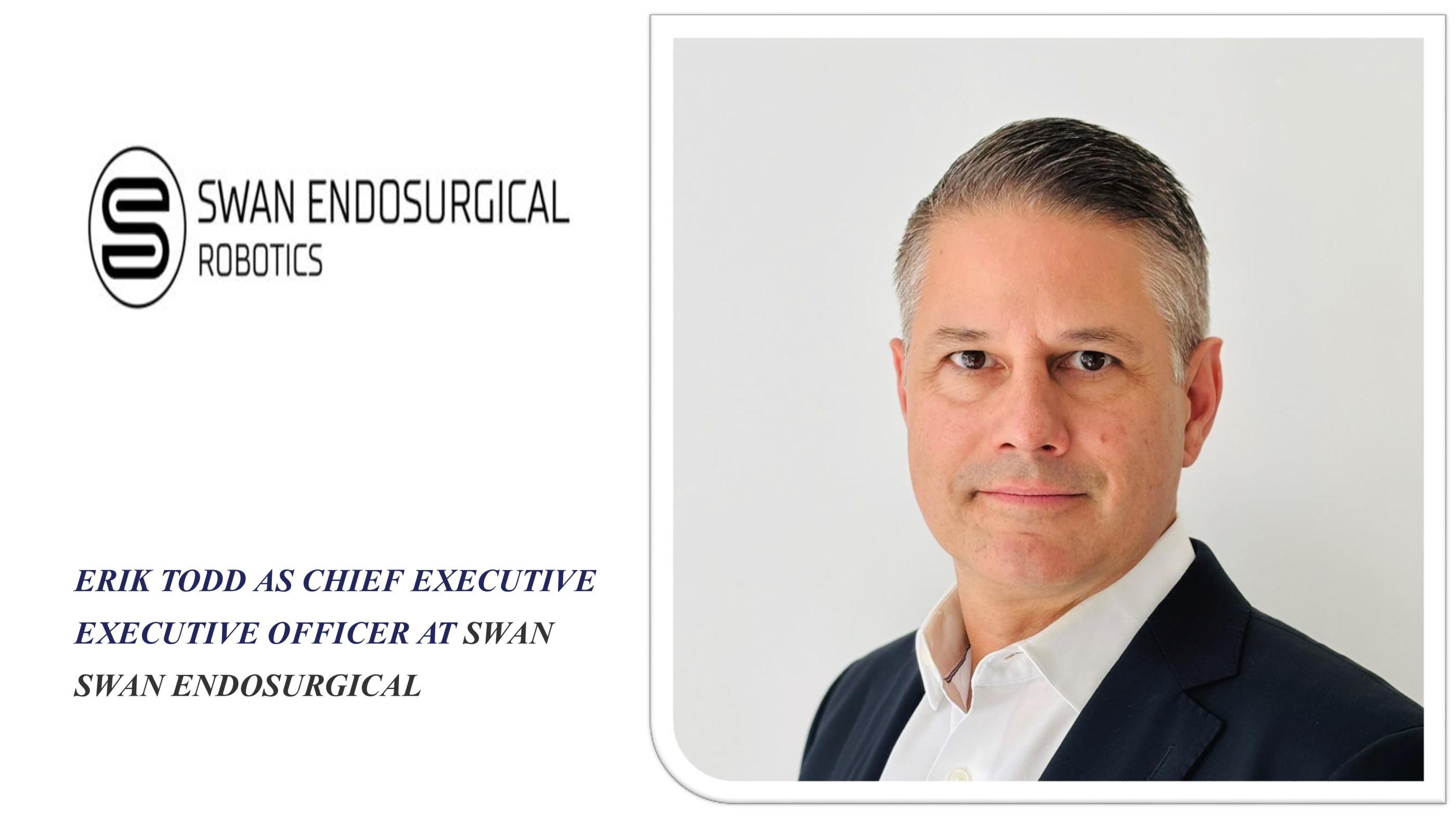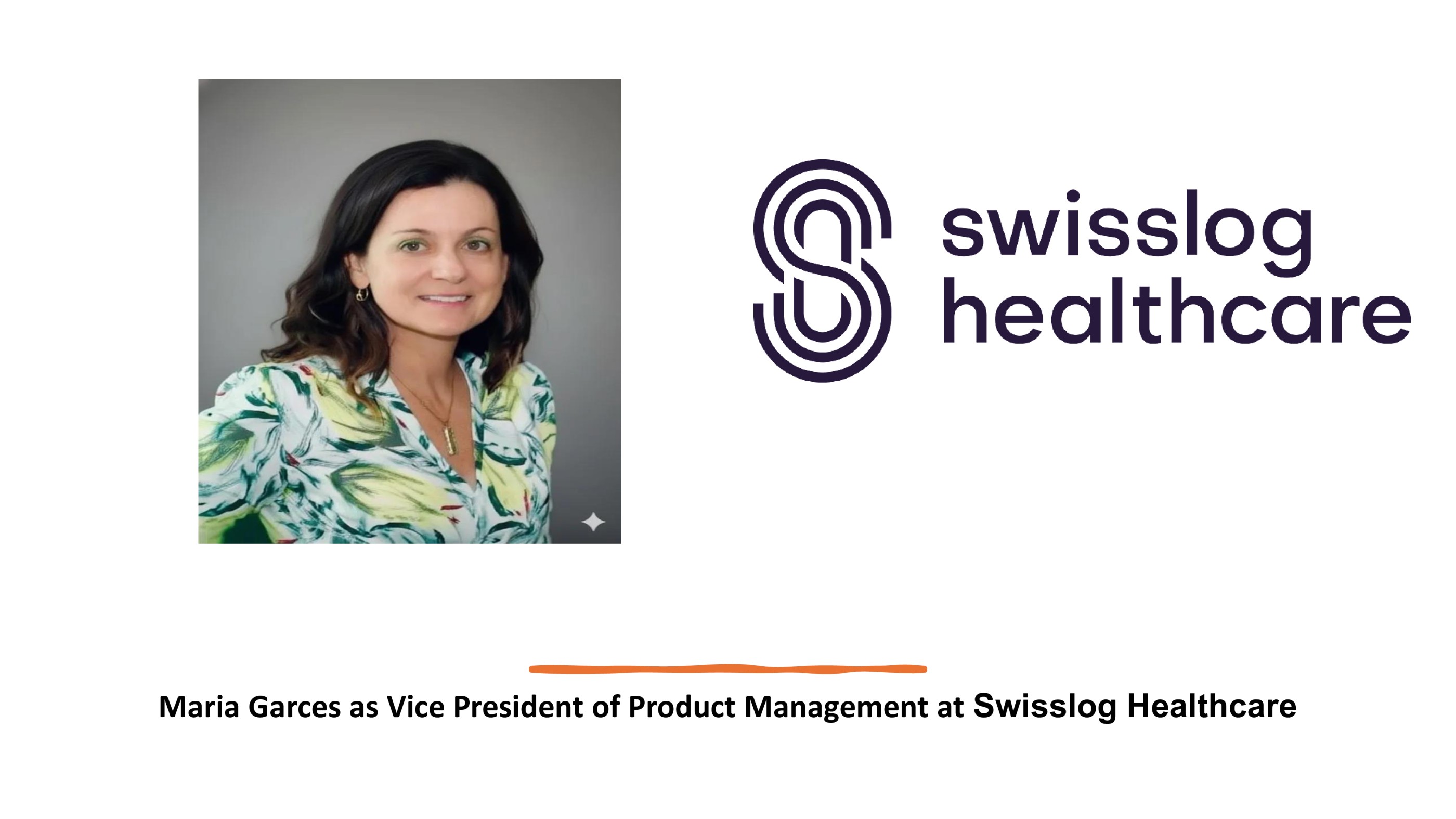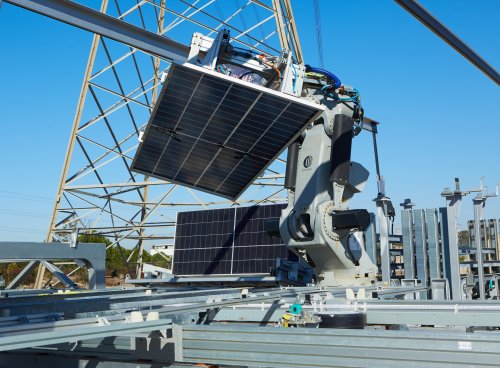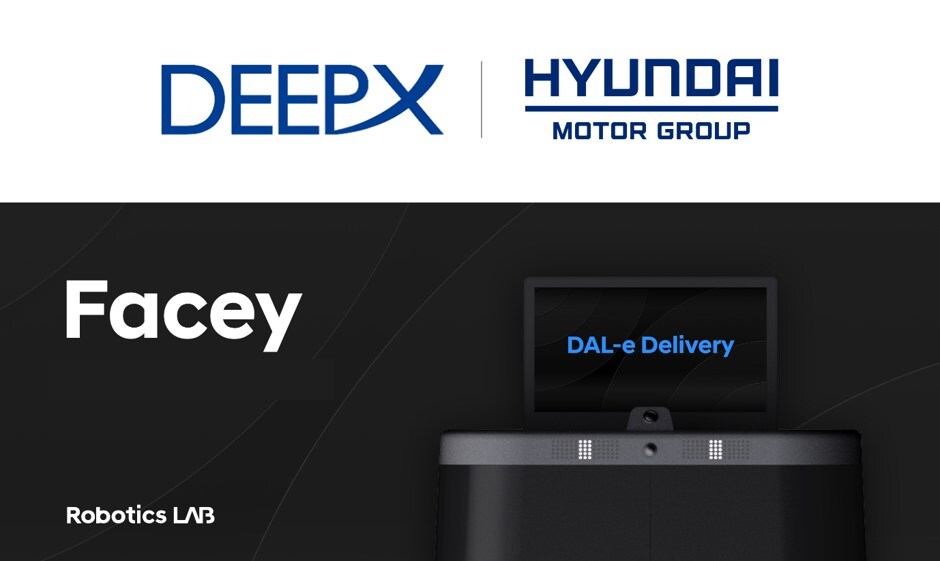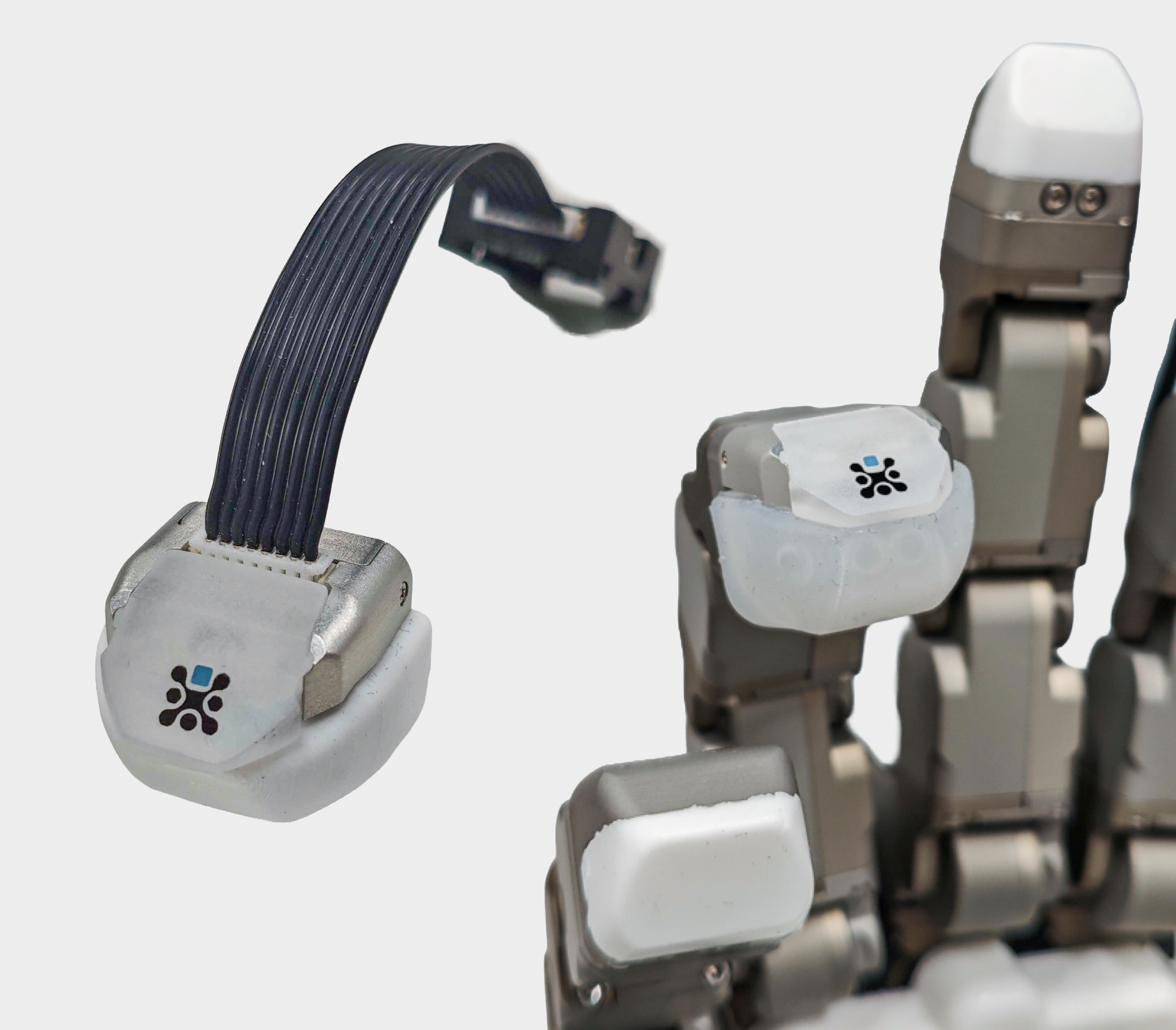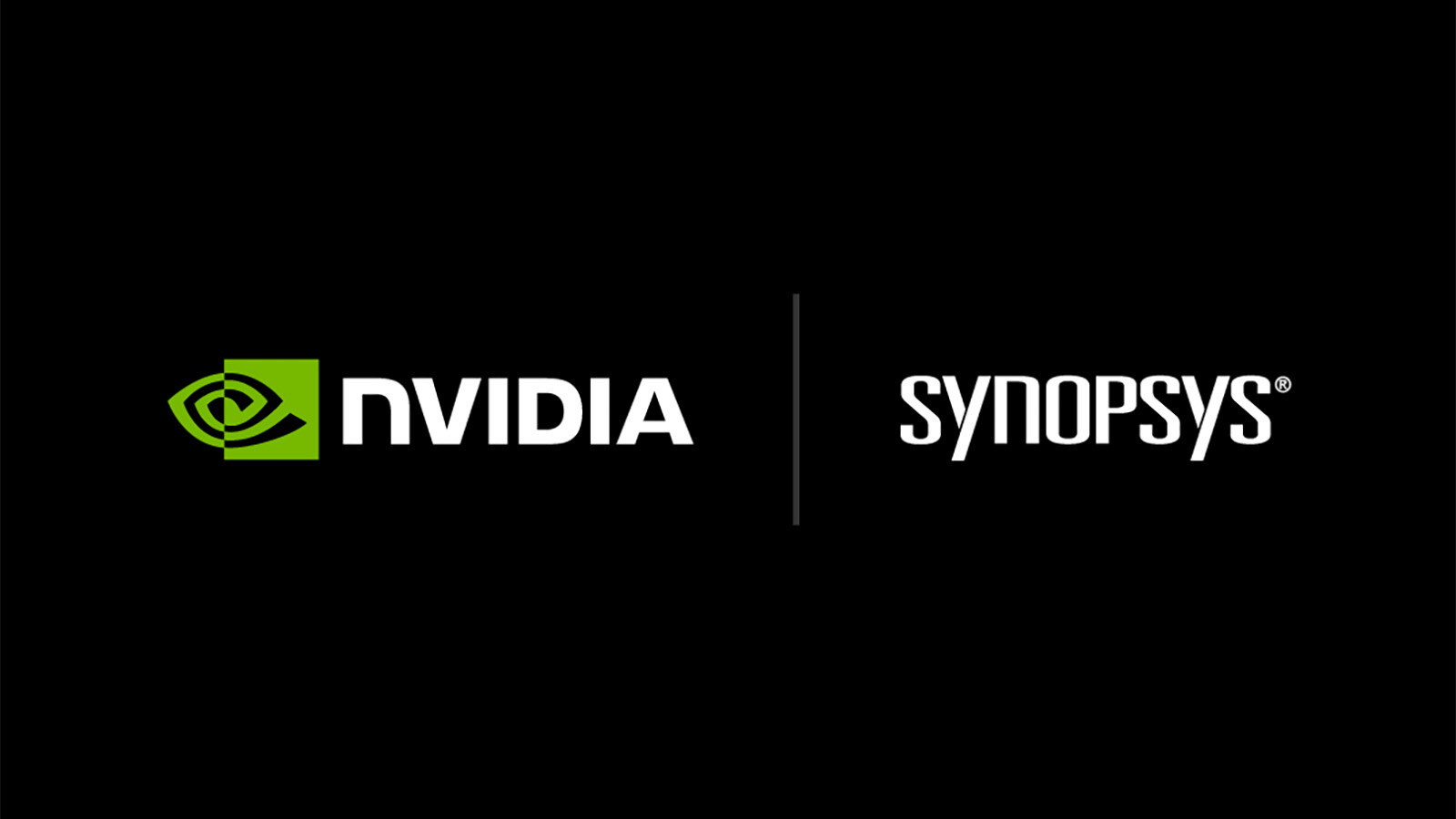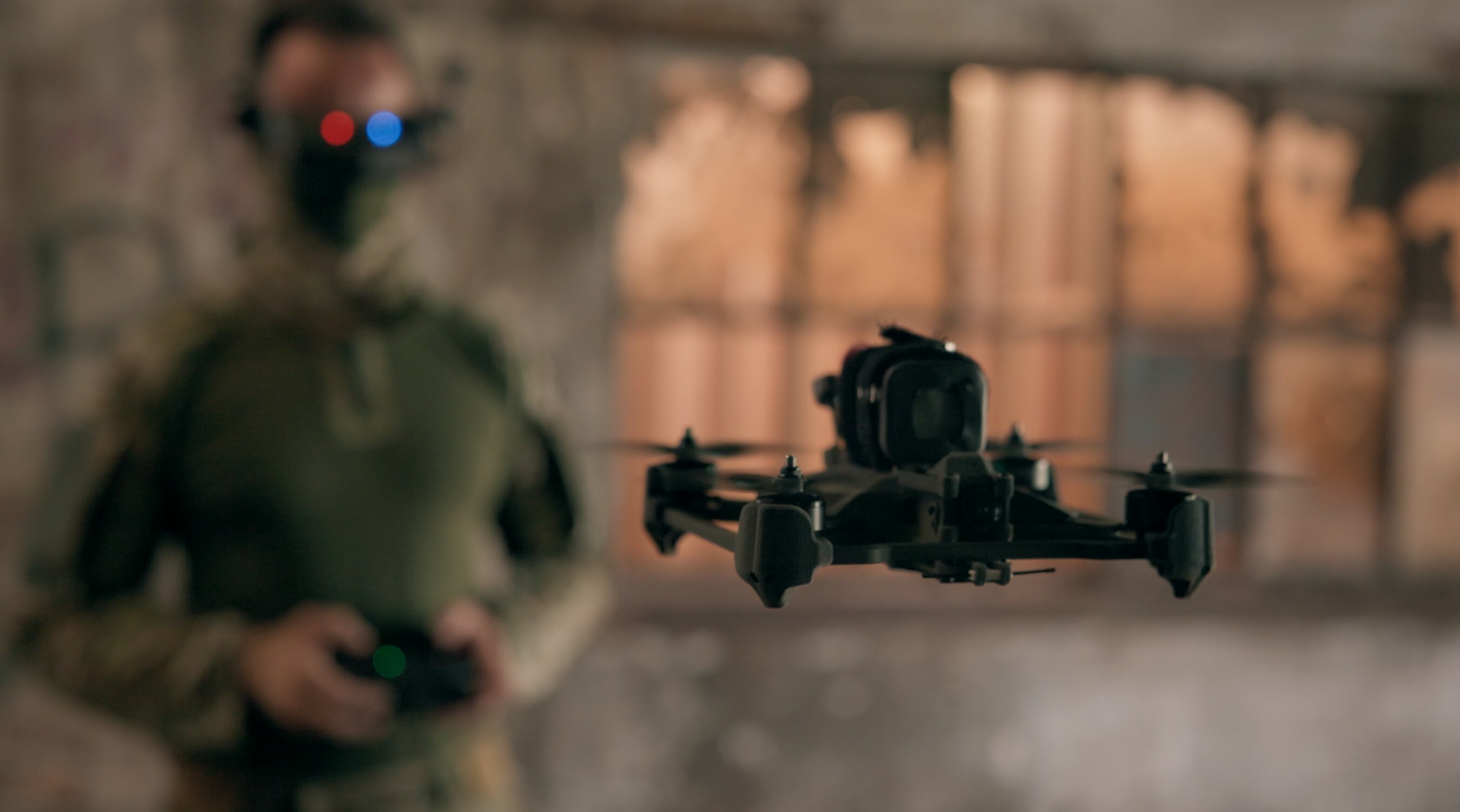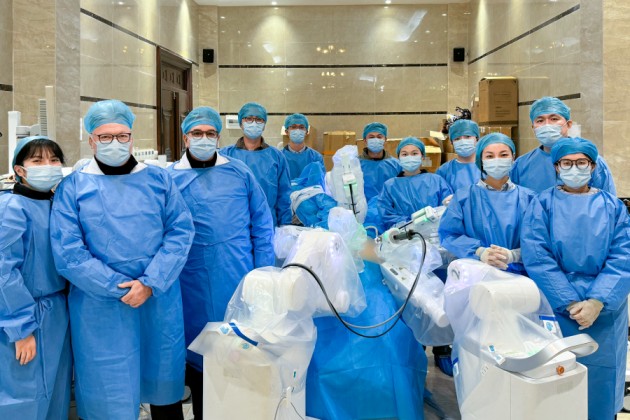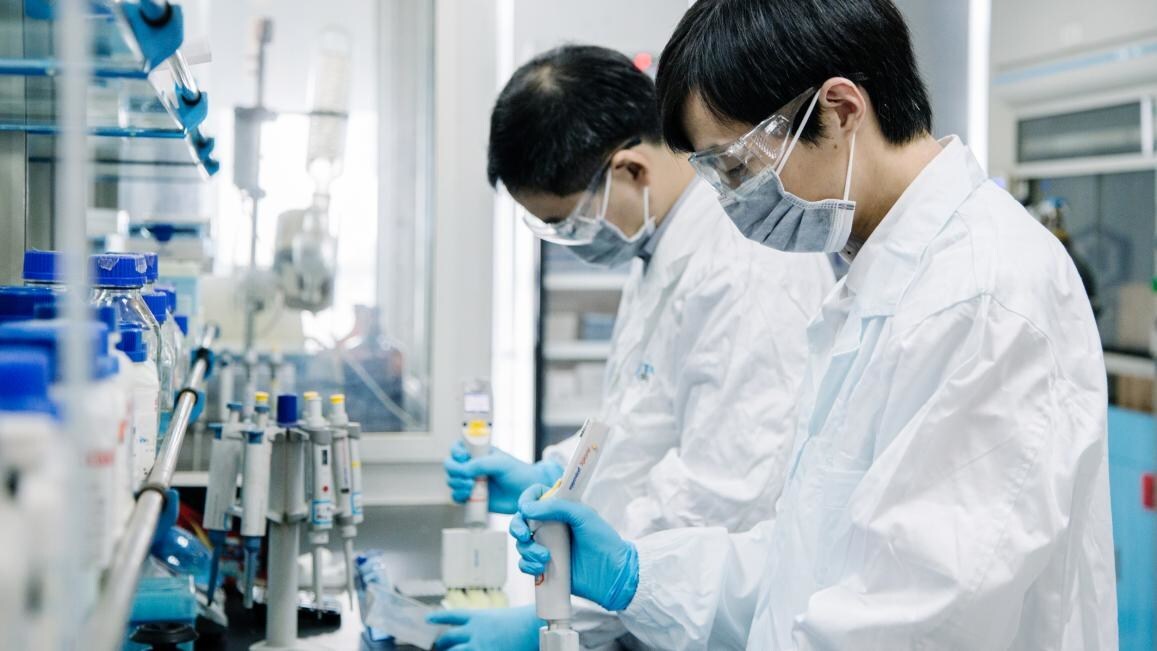EndoQuest Robotics CEO Unveils the Future of Scar-Free Surgery with ELS System’s First Clinical Use
30 May 2025 | Expert Insight | By editor@rbnpress.com
Eduardo Fonseca discusses how the Endoluminal Surgical (ELS) System is redefining minimally invasive GI surgery through natural orifice access and robotic precision—without external incisions.
EndoQuest Robotics is making history with the first clinical use of its Endoluminal Surgical (ELS) System under the FDA’s IDE trial, marking a turning point in the evolution of scar-free surgery. In this exclusive conversation with Robotics Business News, CEO Eduardo Fonseca explores the transformative potential of this flexible robotic platform. Designed to tackle complex GI procedures without external incisions, the ELS System brings together the precision of robotics and the flexibility of endoscopy—poised to shift the paradigm of minimally invasive colorectal and gastrointestinal surgery..
What does this milestone signify for EndoQuest Robotics and the future of endoluminal surgery?
This milestone marks a pivotal step forward in the evolution of scar-free surgery, moving beyond the limitations of traditional endoscopic tools. While standard endoscopy has enabled important interventions, it often lacks the precision and capability required for more complex procedures that mirror conventional surgical techniques. Therefore, the steep technical difficulty and learning curve involved in using these tools has resulted in limited adoption of purely endoluminal procedures using the tools that are currently available.
The first clinical use of the EndoQuest Endoluminal Surgical (ELS) System under our Investigational Device Exemption (IDE) trial offers a compelling glimpse into the future- a future where flexible robotic technology makes it possible to perform technically advanced procedures with significantly greater precision and control. Engineered to overcome the limitations of conventional endoluminal approaches, the ELS System is designed to enable complex procedures like Endoscopic Submucosal Dissection (ESD), which are currently underutilized despite being less invasive than traditional surgery. By expanding access to these procedures in a commercially viable way among a broader group of physicians, the ELS System has the potential to reshape treatment paradigms and reduce the reliance on more invasive surgical interventions.
Can you provide insights into the unique features of the ELS System that differentiate it from existing robotic surgical platforms?
Existing robotic surgical platforms currently involve rigid, straight-stick instruments that generally operate through multiple external incisions and penetrate normal tissue to reach its target.
The ELS System combines the flexibility of endoscopy that can navigate the curvature of GI anatomy with the conventional surgical technique and precision enabled by a robotic surgical system, allowing for surgical tasks and maneuvers not currently possible in therapeutic endoscopy. The result is the capability to perform complex surgery in locations not previously possible via natural orifice access, avoiding external incisions and bringing the physician directly to the target of disease and thus allowing for truly scar-free robotic surgery.
The initial cases involved complex lesions, including a fibrotic lesion over 5 cm. How does the ELS System handle such intricate procedures, and what advantages does it offer?
Endoluminal procedures like ESD can present significant technical challenges, often stemming from the limitations of using a single instrument, a lack of user-friendly and effective tools, and the difficulty in achieving adequate tissue exposure. Through extensive Human Factors testing, the ELS System is specifically designed to overcome these barriers. It enables simultaneous use of two instruments alongside a dedicated videoscope (camera), allowing for critical maneuvers such as dynamic traction and counter-traction, triangulation, and suturing. These capabilities bring the visualization, precision, and tissue control of conventional surgical technique together into an entirely endoluminal approach.
With the trial being conducted across five leading U.S. healthcare institutions, how do you ensure consistency and standardization in data collection and analysis?
All five clinical sites are operating under the same FDA-approved Investigational Device Exemption (IDE) clinical protocol, which ensures uniformity in trial procedures and data collection. In addition, a predefined statistical analysis plan governs how all data will be evaluated, further ensuring consistency and scientific rigor across the trial.
Looking ahead, what are the next steps for EndoQuest Robotics following the completion of the PARADIGM trial?
Following completion of the PARADIGM trial, EndoQuest Robotics plans to submit a De Novo request for authorization to market the ELS System in the United States. Additional clinical procedures and next generation platforms are being developed in parallel.
How do you envision the ELS System transforming the landscape of minimally invasive colorectal surgery in the coming years?
There is a significant unmet need for next generation endoluminal technology that can bridge the gap between the safer, less invasive endoluminal approaches and the efficacy of conventional surgery. Specifically, resection of colorectal polyps, a procedure critical to preventing colorectal cancer, is a procedure in which patients in the U.S. are consistently underserved by the current treatment options. In fact, the technical challenges with current endoluminal approaches ultimately results in tens of thousands of patients in the U.S. undergoing colectomy each year for removal of colorectal polyps which should otherwise be eligible for colon-preserving endoluminal removal.
The ELS System has the potential to transform this landscape by enabling more physicians to adopt ESD and therefore increase the number of patients undergoing less invasive endoluminal procedures versus invasive abdominal surgery. This technological leap has the potential to be even greater than the introduction of robotics in urology for prostatectomy in the early 2000s, where for decades, urologists struggled to adopt minimally invasive approaches until the technology gap was closed and now robotic prostatectomy is the standard of care.
What long-term goals does EndoQuest Robotics have in advancing endoluminal surgical technologies and expanding their applications?
Building on the initial focus in lower GI procedures, EndoQuest plans to expand the use of its technology to upper GI, bariatric, reflux, ERCP and a broad range of other endoluminal applications. These future indications are expected to follow the 510(k) regulatory pathway. By delivering a differentiated flexible robotic platform, EndoQuest aims to redefine the endoscopy suite and unlock access to a large, high-growth segment of the market that remains largely untapped. Ultimately, the company’s mission is to advance a new frontier of surgery – one that goes beyond the limitations of traditional endoscopy, laparoscopy, and rigid robotics – to deliver meaningful improvements in both clinical outcomes and procedural accessibility.


